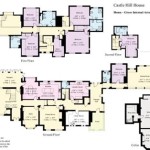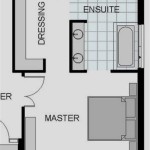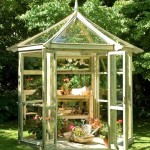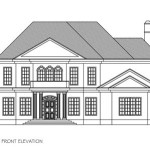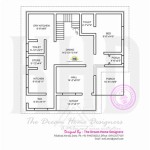Essential Aspects of House Plan for Small Area
Designing a house plan for a small area requires careful consideration to optimize space and create a functional and comfortable living environment. Here are the essential aspects to keep in mind:
### 1. Space Planning and FlowPlan the layout to ensure efficient use of space and a seamless flow between rooms. Consider the number of occupants, their lifestyle, and the activities they will engage in within each area. Divide the space into distinct zones for different functions, such as living, sleeping, cooking, and dining.
### 2. Natural LightingMaximize natural light to create a bright and airy atmosphere. Position windows and doors strategically to allow sunlight to penetrate deep into the space. Use skylights or clerestory windows to increase daylighting in areas with limited access to exterior walls.
### 3. Storage and OrganizationIncorporate ample storage solutions to keep belongings organized and out of sight. Utilize built-in cabinets, shelves, and drawers to maximize vertical space. Consider multi-purpose furniture with hidden storage compartments to save floor space.
### 4. Vertical Space UtilizationMake the most of vertical space by incorporating lofts, mezzanines, or high ceilings. These features allow for additional living areas without expanding the footprint of the house. Consider using vertical storage units or hanging shelves to maximize functionality.
### 5. Multi-Functional SpacesCreate spaces that serve multiple functions to optimize space. For example, a living room could also be used as a guest room by adding a sofa bed. A dining area could double as a workspace with a designated desk. This flexibility allows for efficient use of each room.
### 6. Energy EfficiencyConsider energy efficiency measures to reduce energy consumption and utility costs. Insulate walls and roofs, install energy-efficient appliances, and optimize natural ventilation. Use daylighting to reduce the need for artificial lighting. This will not only save money but also create a more sustainable living environment.
### 7. Visual AppealEven in a small space, don't neglect visual appeal. Choose a cohesive color scheme, use decorative elements to enhance the ambiance, and add personal touches to make the space feel comfortable and inviting. Consider incorporating plants or greenery to bring life and freshness into the home.
### 8. Outdoor LivingIf possible, extend the living space outdoors with a patio, deck, or balcony. This provides an additional area for relaxation and socializing, while also creating a connection to nature. Even a small outdoor space can make a significant impact on the overall feel of the home.
### 9. Future ConsiderationsConsider future needs and potential changes in lifestyle when designing the house plan. If you plan to expand the family or have guests often, incorporate a flexible layout that can adapt to changing circumstances. Ensure there is adequate space for potential additions or renovations.
### 10. Professional AssistanceFor small area house plans, it is highly recommended to consult with an experienced architect or designer. They can provide valuable insights, help optimize space, and ensure that the design meets building codes and regulations. Their expertise will result in a functional and aesthetically pleasing home that meets your specific requirements.

Small House Plan Examples

Best Floor Plan For A Small House Plans One Story

Small House Plan Examples

Pin On One Bedroom House Plans

Affordable Modern Style House Plan 7558 Solo

These Small House Plans Pack A Lot Of Punch Houseplans Blog Com

House Plan 1502 00008 Cottage 400 Square Feet 1 Bedroom Bathroom Guest Plans Tiny Floor Small

10 Small House Plans With Open Floor Blog Homeplans Com

Small House Plans With Pictures Houseplans Blog Com

10 Small House Plans With Open Floor Blog Homeplans Com

